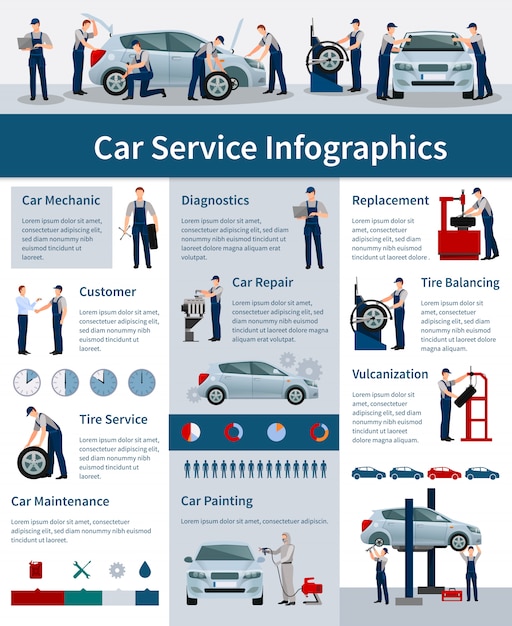Seeking Clarity On The Caution Lights Displayed On Your Car'S Control Panel? Find Out How They Associate With Your Automobile'S Health And Safety
Seeking Clarity On The Caution Lights Displayed On Your Car'S Control Panel? Find Out How They Associate With Your Automobile'S Health And Safety
Blog Article
Short Article Author-Boye Torres
When you're behind the wheel, those glowing caution lights on your control panel can be a little bit puzzling. Do you recognize what they're trying to tell you about your vehicle's health? Understanding the significance of these lights is vital for your safety and security and the longevity of your car. So, the next time one of those lights turns up, would not you want to decode its message properly and take the required steps to address it?
Common Caution Lighting and Interpretations
Determine common caution lights in your car and comprehend their significances to ensure secure driving.
One of the most typical caution lights include the check engine light, which indicates problems with the engine or emissions system. If this light comes on, it's critical to have your car examined without delay.
The oil stress cautioning light indicates reduced oil pressure, needing prompt focus to stop engine damage.
A blinking battery light may suggest a damaged billing system, potentially leaving you stranded if not resolved.
The tire stress tracking system (TPMS) light signals you to reduced tire stress, influencing car security and gas effectiveness. Overlooking this might lead to risky driving conditions.
The abdominal light shows a problem with the anti-lock braking system, compromising your capacity to stop swiftly in emergency situations.
Finally, the coolant temperature level cautioning light warns of engine overheating, which can lead to extreme damage otherwise fixed quickly.
Recognizing these usual caution lights will aid you address problems without delay and maintain safe driving conditions.
Relevance of Prompt Interest
Comprehending the typical warning lights in your cars and truck is only the primary step; the significance of immediately dealing with these warnings can't be emphasized enough to guarantee your security when traveling.
When a warning light illuminates on your control panel, it's your auto's way of interacting a potential issue that requires focus. Neglecting https://instantoilchange61504.blog5star.com/30343857/detailing-your-automobile-in-under-an-hour-an-easy-overview-for-beginners can result in more extreme problems later on, endangering your security and possibly costing you more out of commission.
Motivate interest to advising lights can stop malfunctions and crashes. For example, a blinking check engine light could show a misfire that, if left neglected, might cause damage to the catalytic converter. Resolving carvalethowick without delay can save you from an expensive repair service.
Similarly, simply click the next website page warning light could signal low brake fluid or worn brake pads, crucial parts for your safety when driving.
DIY Troubleshooting Tips
If you see a caution light on your dashboard, there are a few do it yourself troubleshooting pointers you can try prior to looking for expert assistance.
The initial step is to consult your car's manual to comprehend what the particular caution light indicates. Sometimes the problem can be as simple as a loosened gas cap causing the check engine light. Tightening up the gas cap might resolve the trouble.
An additional usual issue is a reduced battery, which can activate different warning lights. Inspecting the battery links for corrosion and guaranteeing they're safe might deal with the problem.
If a caution light lingers, you can try resetting it by disconnecting the cars and truck's battery for a couple of minutes and after that reconnecting it. Additionally, examining your car's fluid degrees, such as oil, coolant, and brake fluid, can help troubleshoot alerting lights connected to these systems.
Conclusion
In conclusion, comprehending your auto's caution lights is essential for keeping your car running efficiently and securely. By quickly addressing these informs and recognizing what they suggest, you can stay clear of expensive fixings and potential breakdowns.
Keep in mind to consult your auto's manual for particular details on each advising light and do something about it accordingly to make sure a hassle-free driving experience.
Remain informed, stay secure when driving!
